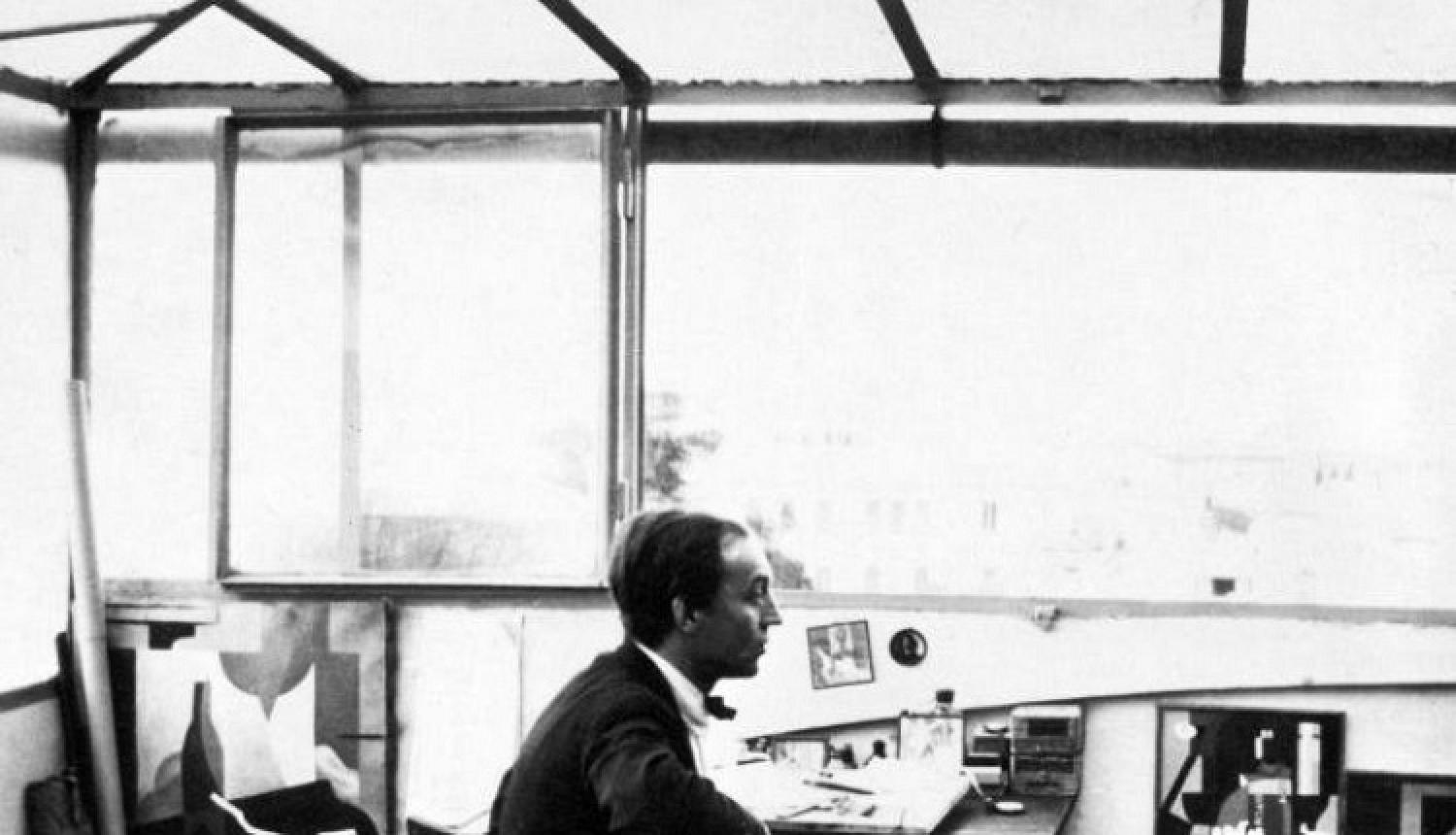An exhibition Ciao! Niklāvs Strunke in Italy. The 1920s will be on view in the 4th Floor Exhibition Halls of the main building of the Latvian National Museum of Art in Riga (Jaņa Rozentāla laukums 1) from 30 June to 9 September 2018.
Poet Aleksandrs Čaks and other contemporaries credit artist Niklāvs Strunke (1894–1966) with the introduction of the Italian salutation ciao in Riga. While his peers were rushing to Paris, the most famous “Latvian Italian” from 1923 to 1927 lived in Rome, the Island of Capri and Florence, also travelling to Venice, Tuscany, the coast of the Gulf of Naples and Amalfi. In the Eternal City, the pittore lettone, who was captivated by Italy, rented a studio near the Vatican, in Florence – in the old town of Oltrarno, while in Capri he settled on the side of the Marina Grande.
The interwar years spent in Italy considerably stimulated the original artistic expression of the versatile Latvian modernist and student of the old masters. Niklāvs Strunke was influenced simultaneously by secondo futurismo or “second wave” Futurism and early Italian Renaissance, attaining outstanding heights in his painting, book illustrations and modern scenography. The former member of the Riga Group of Artists got to personally know the initiator of Futurism, Filippo Tommaso Marinetti, met the leader of the movement’s second generation Enrico Prampolini, made friends with Ivo Pannaggi, Antonio Marasco and neorealist Aldo Bandinelli. The Latvian modernist was brought into the milieu of the pioneer of Futurist photography and cinema, director Anton Giulio Bragaglia, by Marinetti’s “contact man”, Futurist writer and gallerist Ruggero Vasari, whom he had previously met in Berlin. Strunke organised a personal exhibition (1924) in Casa d’Arte Bragaglia, which at the time was a meeting place of the Roman avant-garde, and learned the Futurist ideas of “scenoplastica” at the experimental Teatro degli Indipendenti, merging them with the commedia dell’arte tradition.
In his 1924 Paris manifesto Le Futurisme mondial [Worldwide Futurism] along with Niklāvs Strunke, Filippo Tommaso Marinetti also counted sculptor Kārlis Zāle and the artist couple Romans Suta and Aleksandra Beļcova among the broad, international pleiad of European avant-gardists. Having encountered Russian Cubo-Futurism and having approached Futurist positions in his early theoretical texts, Strunke claimed that together with Zāle he later signed Marinetti’s manifestos. The “Latvian Italian” published articles in periodicals – the Futurist magazine Noi, the satyrical publication INDEX rerum virorumque prohibitorum and others, already then dreaming about Latvian participation at the Venice Biennale.
Niklāvs Strunke’s interest in the old masters meanwhile reflects the post-war ritorno all’ordine (return to order) and ritorno al mestiere (return to craft) promoted by the magazine Valori plastici, which was opposed to Futurism. In museums and churches the Latvian modernist studied Italian painting of the 13–15th centuries, praised the Florentine artist Fra Angelico and in his painting brought together primitivist naivety, colour and compositional influences with laconic geometrisation. In a similar vein, his illustrations fused the influence of ancient miniature painting with Art Deco decorativeness.
Along with Niklāvs Strunke’s canonical works Construction of a Head. Portrait of Ivo Pannaggi (1924), Sorrento (1924–1925), Man Entering a Room (1927) and Florentine in Winter (1929), the exhibition also reveals the little-known impressions of the nature, architecture and daily life of the “land of sun and wine” seen from a northerner’s perspective, forming a visual diary of both of his journeys to Italy. Highlighting the distinct character of place, in Capri he created cubistically stylised, architectonic landscapes, while in the environs of Rome and Tuscany – picturesque small-town views. The artist, who from time to time was visited by Latvian friends and acquaintances, included Italian motifs in his calligraphic letters.
Italy also had a fateful role in Niklāvs Strunke’s biography following World War II, when he returned to the southern land as an exile from Sweden. His essays Mana Itālija [My Italy] collected in the book Svētā birze [Sacred Grove] (1964) put into words his love towards his second homeland. The artist died in Rome and was buried in the Eternal City’s Protestant Cemetery.
The exhibition, which is one of the events leading up to next year’s 125th anniversary of the classic, includes works, photographic records and publications from the holdings of the Latvian National Museum of Art, Literature and Music Museum, Academic Library of the University of Latvia, as well as Zuzāns and other private collections.
Text by Aija Brasliņa




